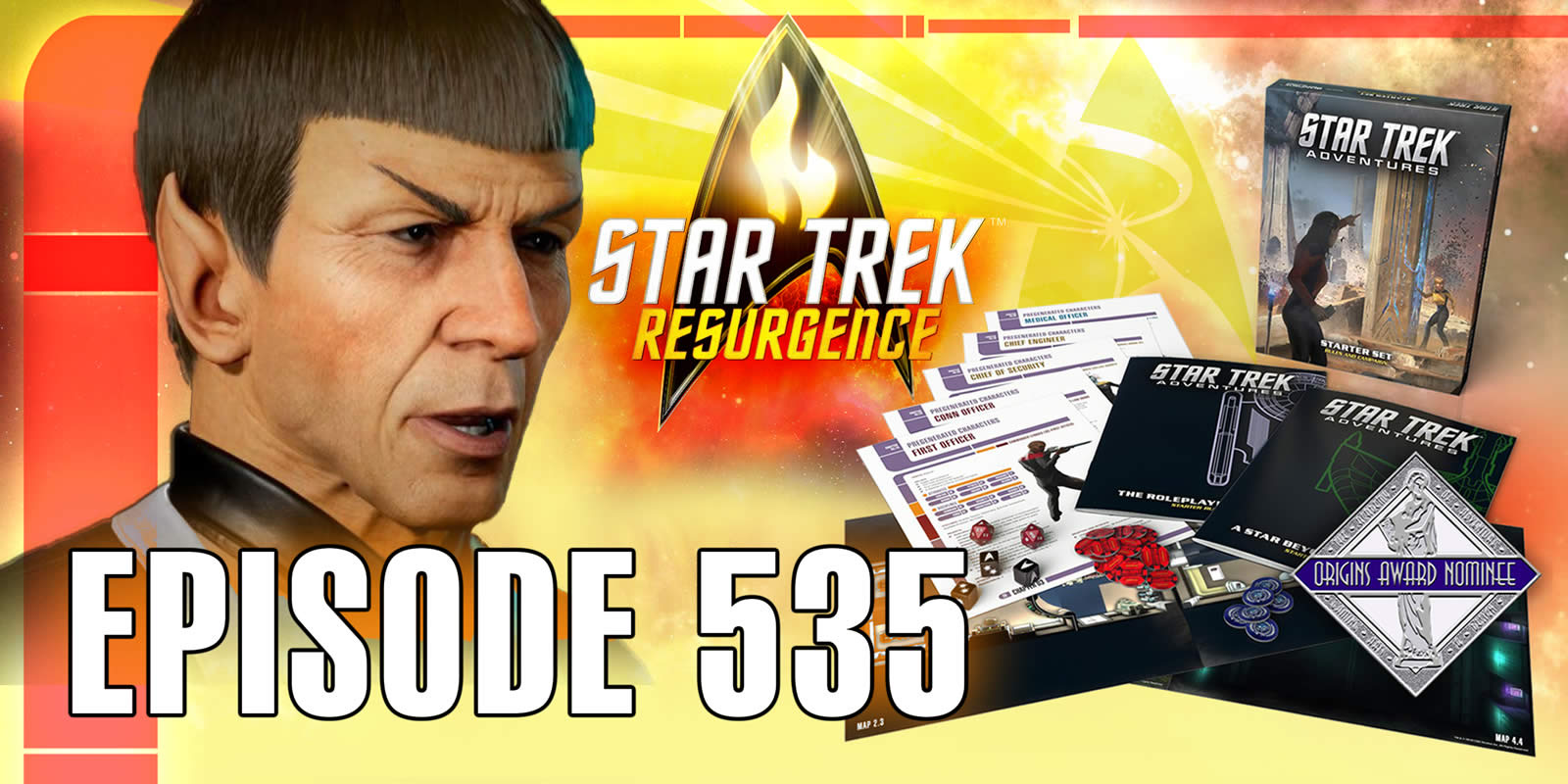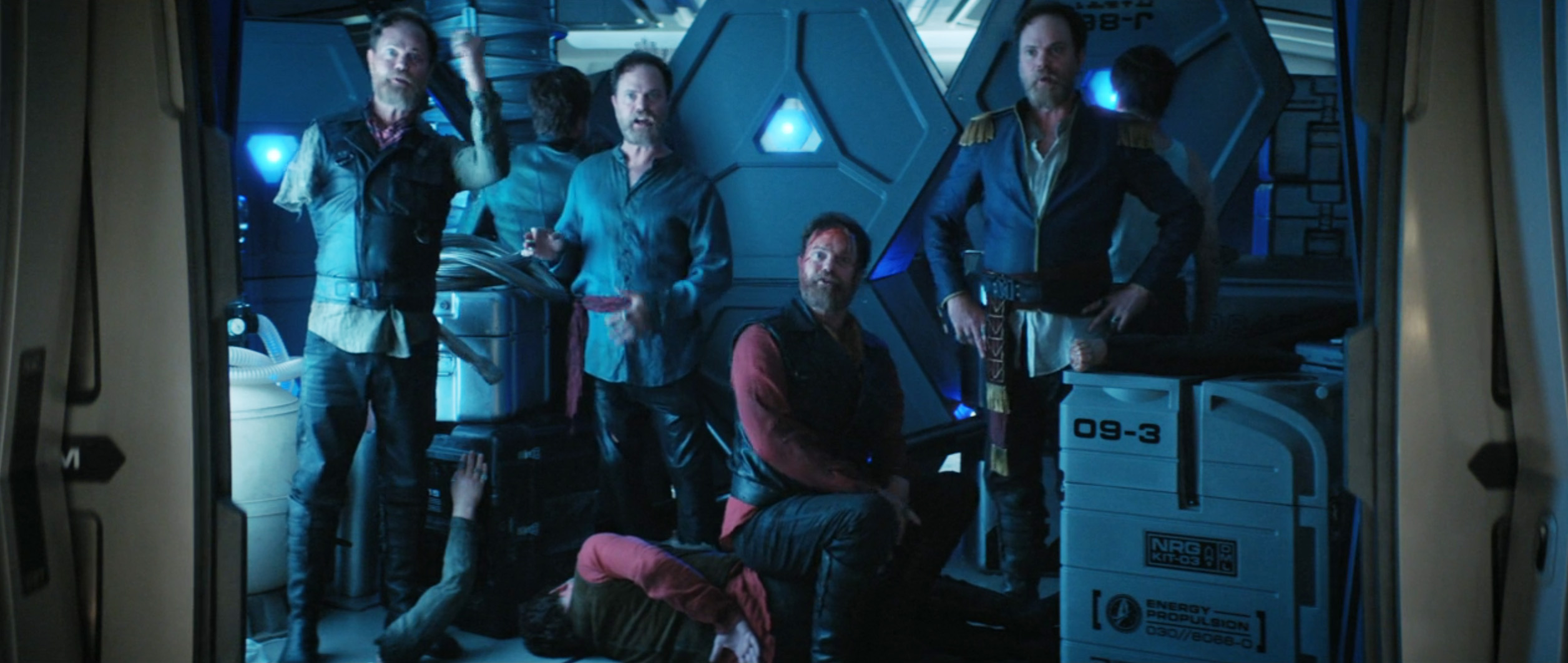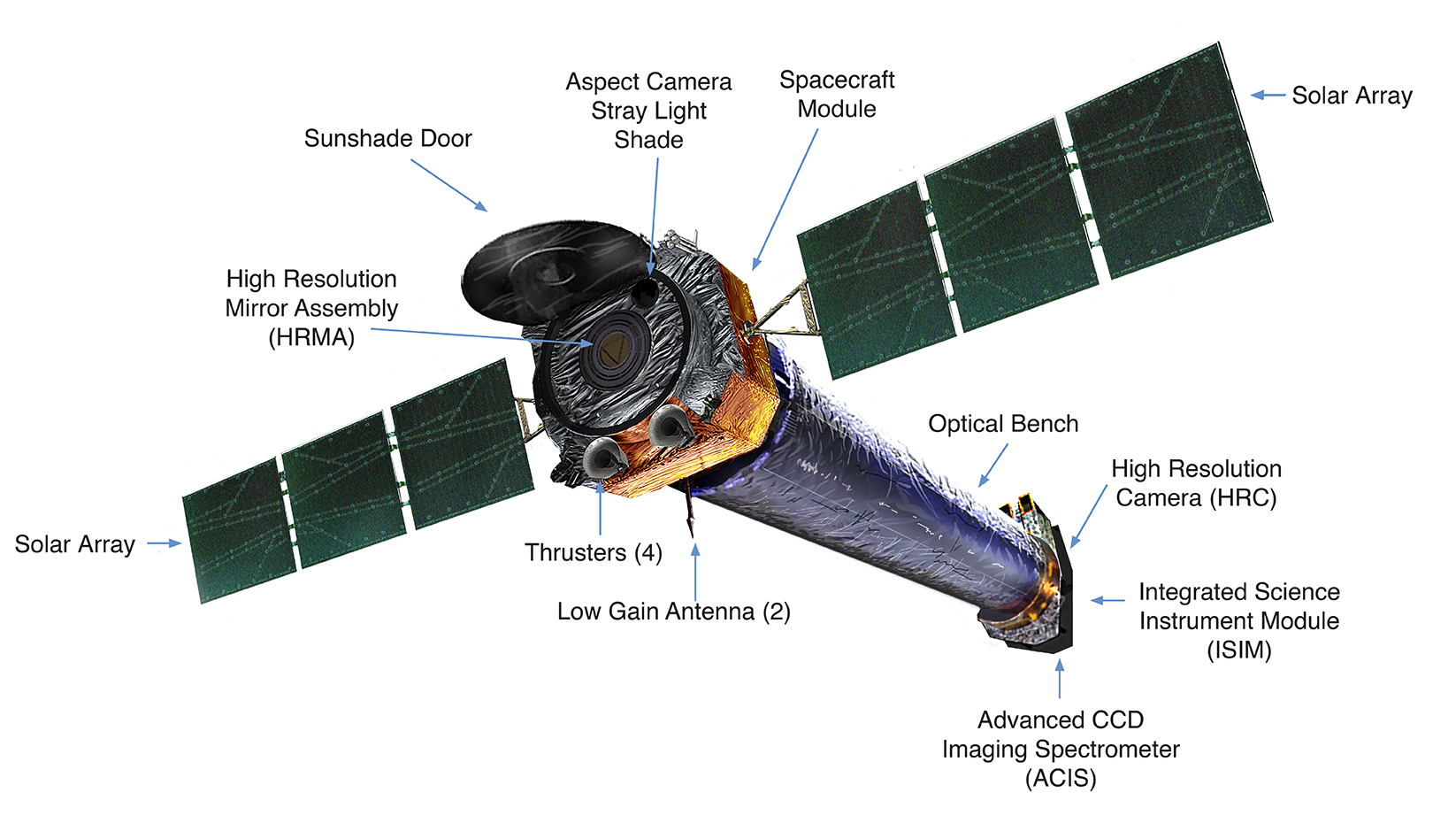
534 – Farewell, Nichelle, and Thank You
In Star Trek news: Kurtzman considers Trek crossovers, Nichelle takes her final bow, and @rurinnfane joins us for some STO ship-talking!
 play_arrow
play_arrowFINALE – All Good Things… Elijah

This week on Episode 535 of Priority One: Content deals continue at ViacomCBS, so you’ll see what IP Bob can guarantee to be on TV. A touching farewell to Tilly, with the character’s far future plans on the tip of Mary Wiseman’s tongue. In gaming news, some fresh and refreshed games to add to your Trek catalog, and Mudd is back with a fresh Intel in a big ship bundle. And before we review the most recent episode of Discovery, Dr. Robert Hurt tells us how we’re looking for planets not just around distant stars, but in distant galaxies!
If you haven’t watched Star Trek: Discovery’s season 4 episode 4 “All is Possible” our next story contains spoilers. You’ve been warned.
Still here? Good! Let’s get started!
In the aforementioned “All is Possible”, Discovery said goodbye to one of its own: Lieutenant Sylvia Tilly. This week, TVInsider sat down with Tilly actor Mary Wiseman to talk about the episode, her departure, and the future of Tilly.
Before going any further, let’s get the big question out of the way: will Tilly be back, and in what capacity? Wiseman answered (unsatisfyingly) ”I can say that you’ll see me later on in the season.” She continued (also unsatisfyingly) ”I’ll say that her hair is slightly different and she’s wearing a different outfit.”

Being less vague, Wiseman recalled her on-screen goodbyes, telling TVInsiders Meredith Jacobs ”you tend to create a found family and that’s very much the story of our show, both on and offscreen, that we are a found family. So it felt really important to honor those relationships…[i]t kind of feels like…she’s going off to do this thing and all of these people show up for her to say, ‘we’ll still be here for you when you come back and we love you and we’ll miss you’.”
It’s true, we’ll miss you–a lot.
In some not very shocking news, ViacomCBS CEO Bob Bakish confirmed that Paramount+ is moving towards exclusivity for its major IP franchises, by reducing the amount of third-party licenses…just like the recent buy-back deal for Star Trek: Discovery from Netflix.
In a recent media conference, Bakish was asked about the third-party licensing deals and he said that while the company continues to bring in revenue for many deals cut before the launch of Paramount+, its priorities have definitely changed and that they are not likely to renew any prior third-party deals.

Bakish elaborated on this, saying, “as we increasingly transition to leveraging our particular franchises and original production for our owned and operated streaming assets, principally Paramount+…that, in turn, will create a decline in that third-party business over time as these deals roll off. I would note that as an example of that, we just took back Star Trek: Discovery internationally from Netflix. And so we now have that property globally. That’s clearly a core franchise for us, and it’s working.”
It appears that these efforts are working for Bakish, as he stated that Paramount+ had its best week ever and best month ever in November. However, Discovery has yet to be confirmed for a fifth season. Historically, additional season pickups are announced around the time of the launch of a new season, which they did for Star Trek: Prodigy.
Speaking of Paramount+, it just announced the launch of 18 linear channels that let subscribers surf through dedicated-themed collections of shows called Live Channels. The content comes from all ViacomCBS properties including CBS, Comedy Central, MTV, Nickelodeon, BET and the Smithsonian Channel as well as from other sources. The themed “live” channels, streaming 24 hours per day, feature the service’s most-streamed genres or specific franchises like Star Trek. Just think Star Trek Channel: all Trek, all the time.

Paramount+ Live Channels also will potentially provide a new bucket of advertising inventory for the streaming service to sell. At launch, there won’t be ads in the channels for either the Paramount+ Premium ($9.99/month) or the ad-supported Essential ($4.99/month) tiers, but eventually ViacomCBS may introduce ads for customers with the Essential package. Through Dec. 31, new subscribers can try Paramount+ for 30 days free by using the promo code “PEAKSALE.”
Just in time for the holidays when you have all the extra money, a new bundle hits Mudd’s Market on December 22nd! Mudd’s Secret Intel Choice Pack will be available for 29,500 Zen, and you can choose any three of the following options:

Or you can spend 60,000 Zen and get Mudd’s MEGA Secret Intel Bundle: a one stop purchase to obtain all eight items in the pack at once! NOTE: Both packs are 50% off in the Zen store from December 22 through January 5.
Star Trek: Resurgence is a narrative adventure game featuring dialog choices, relationship building, and exploration. Alongside dialog-driven role playing and rich branching storylines, you will also engage with the Star Trek universe in a variety of other gameplay styles, including shuttle piloting, phaser fights, tricorder scanning, stealth, and micro-gameplay mechanics.
Star Trek: Resurgence follows two principal characters through a single epic story, with gameplay switching between the characters, similar to Telltale’s Game of Thrones or Tales from the Borderlands. Star Trek: Resurgence is a single player experience without microtransactions, DLC or other additional monetization models.
Grab yourself an energy drink or three, a bowl of your favourite snacks and let’s LAN party like it’s 1999! Actually, the correct temporal coordinates are 2000 and 2001, with Star Trek: Armada and Armada II now available on the GOG store.

This comes after GOG and Activision teamed up to celebrate 55 years of Star Trek, rereleasing six games including Voyager Elite Force and Star Trek: Bridge Commander updated to work on modern operating systems. In Star Trek Armada, war is raging in the Alpha Quadrant with four races to command. The story is then expanded in Armada II, with Species 8472 entering the fray in Federation Space. Both games are available to purchase on the GOG store.
The latest update has dropped for Star Trek Fleet Command, with Patch 37 bringing with it Part 3 of the Duality Arc, with three notable additions to the game as well as the usual collection of new officers, missions and bug fixes.
Officer presets are now available, meaning you can create, name, and save specific sets of bridge officers which may then be assigned to your preferred ship. Also a third permanent research queue is now unlockable through the in-game store.

On top of this, the Syndicate has now arrived! The morally green Orions bring with them tiers to unlock, daily goal multipliers and an exclusive officer, Ghrush. You can earn Syndicate XP from select events, a daily claim within the Syndicate menu, or from the Offers tab.
For this week’s Astrometics Report, we go way past the final frontier to hunt for exoplanets–not just around other stars, but in distant galaxies. And we aren’t just talking the homeworld of the Andromedans from the TOS episode “By Any Other Name.” They’re just from the Andromeda Galaxy, a mere two million light-years away. No, this tantalizing new discovery was found in the Whirlpool Galaxy, or M51, at a whopping distance of 30 million light-years. And this potential planet was found in a particularly wild system. So how do you search for exoplanets in other distant galaxies, when we’ve only barely started finding them in the nearby reaches of our very own Milky Way galaxy? It’s a classic example of the scientific method at work: thinking about what we know, coming up with a hypothetical way to do a different kind of search, and being rewarded with an exciting detection.
Now if you’ve been following exoplanet discoveries, you may already have heard of a search strategy kjnown as the “transit method.” In a nutshell, astronomers hunt for planets orbiting other stars by looking for a small tell-tale dip in the star’s brightness, that would happen when a comparatively tiny planet passes in front of its star–blocking a little bit of its light. This only works with planetary systems that, by the roll of the dice, happen to be aligned perfectly edge-on with our vantage point, allowing us to see the transits. Statistically that’s a pretty small fraction of al the star systems out there. But it’s been incredibly productive so far, leading to the discovery of nearly five thousand planets around other stars in the Milky Way. Since planets are small compared to stars, these dips in brightness may be only a fraction of a percent of the star’s overall brightness. It works best with stars that are nearby and can be measured precisely. So the obvious question is how could you hunt for transiting planets in other galaxies, where the light of the stars gets mushed into an unresolved haze?

That very question prompted researcher Rosanne Di Stefano and her team to consider looking far past visible light to another part of the spectrum: namely, X-rays. Only the very hottest processes in the universes light up in this high-energy party of the spectrum, including an unusual kind of system called an X-ray binary. These are typically either a compact neutron star, or black hole, in a close orbit around another star. Gas spilling of the star gets swept up into a disc around the super-dense companion. the inner regions of the disc get heated to incredible temperatures. A large galaxy may gave at most a few dozen X-ray binaries that are so bright we can see them millions of light-ears away. but each one is a single compact source. So what if one of those has an orbiting planet that transits in front of the glowing disk? The team reasoned it would produce a transit signature that would briefly dim the X-ray light, so they went looking for one. And that’s how they found the candidate planet in the Whirlpool Galaxy, using data from NASA’s Chandra X-ray Observatory.
It turns out x-ray data sets are ideal for this kind of search. These telescopes typically have to sit and stare at a target for days, or even weeks, to collect enough x-ray photons to build up a picture. Those long staring observations are very similar to those used by exoplanet hunters searching in visible or infrared light. The transit they detected indicates a planet in an X-ray binary system called M51-ULS-1, where they saw the X-ray glow vanish for about three hours. They were able to rule out a variety of other factors that can cause X-ray variability, making a Saturn-sized planet the best explanation for what they saw. The signal was so strong because, in this case, the transiting planet would be much larger than the relatively compact part of the disc emitting the X-rays. So in X-ray binary systems, a planet would pretty much block all of the high energy light for a while.

Now I have to emphasize this is only considered to be a potential planet since confirmations require multiple transit detections. Unfortunately this planet likely has an orbital period of around 70 years or so, which means confirmation could take a very long time. However it points us towards a whole new way to search for other distant planets in the universe, and the awesome thing is that a lot of the data we need is already in hand. This research was carried out on archival data taken in other research programs–reminding us that our vast collections of research data in astronomy can be used to make new discoveries over time. You can bet scientists will continue searching data from Chandra and other X-ray telescopes for other possible planet transits.
I should point out any planets in systems like this are not going to be at the top of the list for habitability searches. Such worlds are going to be flooded with deeply-destructive X-rays way past what you’d get in a doctors office. Our search may be restricted to stars a little closer to home.
Finally I do have to comment on how excited the whole astronomical community is for the upcoming launch of NASA’s Webb telescope on December 22. if you want to learn more about Webb, or the exogalactic exoplanet, make sure to check out Ask the Astronomers Live on universeunplugged.org. Every month our host Phil Lamar chats with a couple of astronomers about some of the coolest, or hottest, discoveries in the universe. You can even bring your own questions if you watch live on YouTube or Facebook.
Tagged as: Star Trek Armada II, ViacomCBS, Star Trek: Europa, Star Trek Adventures, Bob Bakish, Roddenberry, GOG Galaxy, TVInsider, Star Trek, Daniel Orrett, Star Trek Online, Sojourn HQ, Star Trek: Discovery, Star Trek: Resurgence, paramount, Activision, Mary Wiseman, Star Trek Armada, Star Trek: Fleet Command.

In Star Trek news: Kurtzman considers Trek crossovers, Nichelle takes her final bow, and @rurinnfane joins us for some STO ship-talking!


Copyright © 2019 Priority One Podcast. Star Trek Online ™ & © 2012 CBS Studios Inc. All rights reserved. STAR TREK and related marks are trademarks of CBS Studios Inc. This website is not endorsed, sponsored or affiliated with CBS Studios Inc. or the "Star Trek" franchise. The STAR TREK trademarks and logos are owned by CBS Studios Inc.
seannewboy on 2021-12-20
Wonderful episode everyone. Happy Holidays to everyone.
Comments are closed.